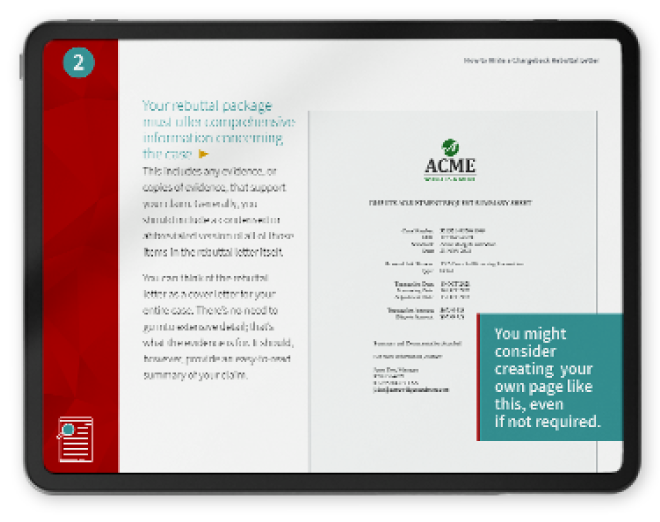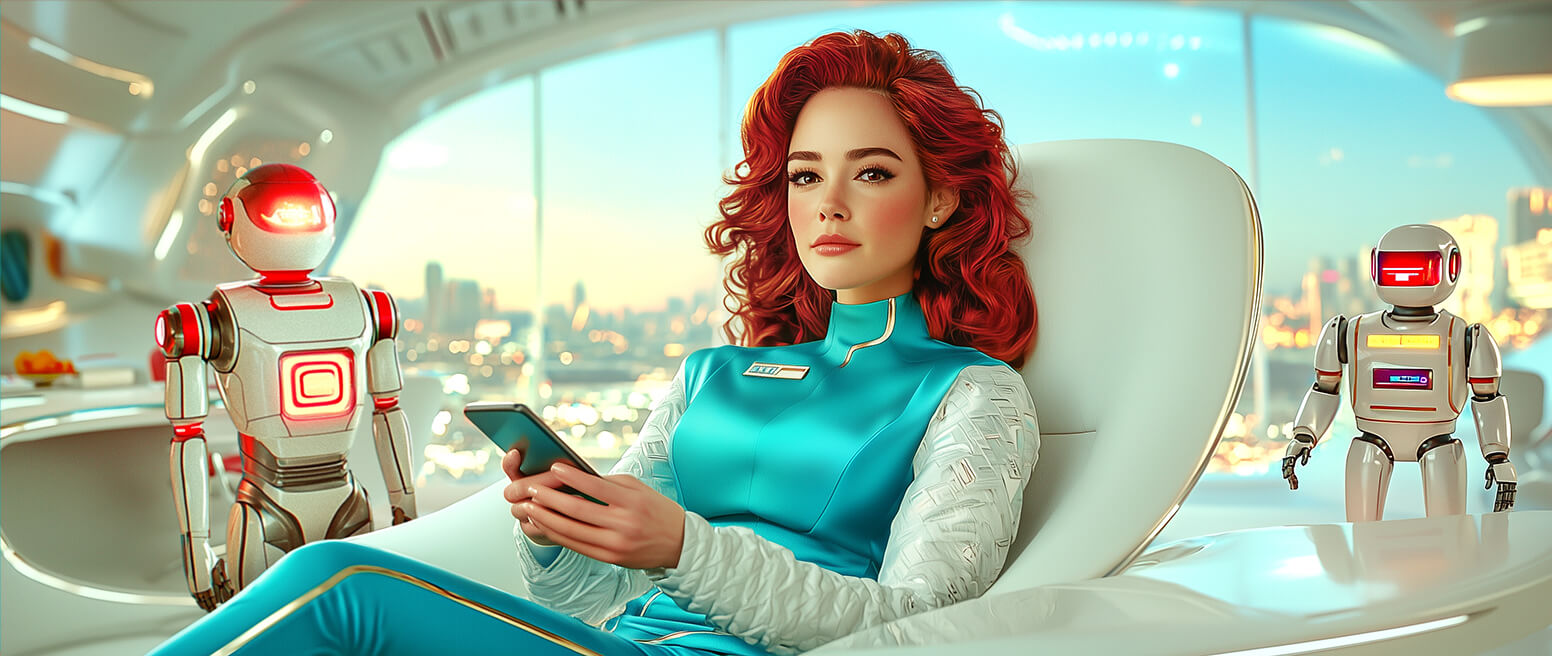How Do You Create a Chargeback Reduction Plan? When is a Plan Necessary?
Chargebacks are hard on you, as a merchant. They eat into your profits, cost you merchandise, and tie up your workers with extra responsibilities.
The problem gets even worse over time, though. If left unaddressed long enough, chargebacks can compromise your entire business.
Banks and credit card networks understand the threat chargebacks pose to you, and by extension, to them. That’s why banks will only allow so many chargebacks before they intervene and ask you to draft up a chargeback reduction plan.
Having a strategy for managing customer disputes seems like a good idea anyway. So, what’s the big deal? In this post, we explain how to create a chargeback reduction plan, why the bank may demand one, and what might happen if the plan isn’t successful.
Recommended reading
- Prevent Double Refund Chargebacks & Unnecessary Losses
- How to Handle Chargebacks: 4 Easy Steps to Follow in 2025
- What’s an “Acceptable” Chargeback Rate? Why Does it Matter?
- Revenue Recovery: Tips & Best Practices to Reclaim Money
- Chargeback Automation | Better Dispute Management
- Chargeback Accounting: How it Works | Tips & Best Practices
What is a Chargeback Reduction Plan?
- Chargeback Reduction Plan
A chargeback reduction plan refers to a formal document, requested of a merchant by a bank or card network, that outlines specific steps the merchant will take to reduce chargeback occurrences and mitigate future risk.
[noun]/CHarj • bak • rə • dək • SHən • plan/A chargeback reduction plan (sometimes referred to as a chargeback mitigation plan) is a comprehensive blueprint for preventing future chargebacks. More than just a management guide, the reduction plan we’re referring to here is a formal document created in response to a card network’s request.
There are strict requirements regarding the information included. The details may vary depending on each situation. Overall, though, the bank is saying it’s concerned about the number of customer disputes you are receiving, and wants to know exactly what you plan to do about it.
The bank’s or card network's demands may seem punitive. Ultimately, though, creating a chargeback reduction plan is in everyone’s best interest.
Over time, a well-constructed risk mitigation plan can go a long way toward lowering your chargeback ratio. It will also help protect processing rights and lead to increased revenue.
The banks and card networks just want reassurance that you have a workable plan in place to stop disputes. This is important to them; the bank will face more chargeback liability should you be unable to cover the disputes lodged against you, while the card network could lose consumer confidence and hurt their brand integrity if their network sees too many disputes. A chargeback reduction plan should avert the need for them to take more drastic measures.
Learn what happens when you receive too many chargebacksWhat Does a Chargeback Reduction Plan Entail?
An effective chargeback reduction plan should outline your internal policies, including how you handle sales and refund. It should also thoroughly explain your chargeback prevention and mitigation strategy, and set out a plan for action to reduce chargebacks in both the short- and long-term sense.
An effective chargeback management plan must address both fraud and chargebacks. While the specifics of each plan will differ, there are some key elements that should be part of any plan.
Four key facets should be present in any chargeback reduction plan. These include:
When Do You Need a Chargeback Reduction Plan?
You need a chargeback reduction plan if you’re in danger of exceeding the chargeback threshold set by any of the major card networks. This can help you avoid fines, penalties, and surcharges.
To reiterate, all merchants (but particularly card-not-present retailers) need to have processes in place to reduce fraud and manage chargebacks. A formal request for a chargeback reduction plan, however, will come from either the card network directly, or from your bank (at the network’s insistence).
The trigger for this is an excessive chargeback-to-transaction ratio. Card brands, as well as acquirers and payment processors, monitor the percentage of disputes you receive, as compared to the total number of transactions. This chargeback ratio must remain below a certain threshold (relative to your monthly transaction volume).

It’s important to note, however, that the networks will usually intervene long before that threshold is reached. Acquirers typically want to address the situation before it goes critical.
If your chargeback numbers start making the other stakeholders nervous, you may be placed in a chargeback monitoring program. The Visa Dispute Monitoring Program and Mastercard Excessive Chargeback Program are examples of this.
These programs have different tiers, some of which mandate the submission of a chargeback reduction plan. This is actually a proactive step designed to help reduce claims and prevent the need for more drastic action. Again, this is crucial: you want to exit the program as quickly as possible and avoid consequences such as being added to the MATCH list.
Mastercard sets its excessive chargeback threshold at 1.5% of transactions and 100 or more transactions per month, while Visa’s excessive chargeback threshold is 0.9% of transactions and 100 chargebacks per month.
How Do You Create a Chargeback Reduction Plan?
To develop a chargeback reduction plan, you have to start by identifying why you’re receiving chargebacks. You can then determine what merchant errors you need to patch, how you can prevent cardholder fraud, and how you can re-present first-party fraud chargebacks.
What your chargeback reduction plan will look like depends largely on the specifics of your business, and the main source of your chargebacks.
For example, many chargebacks are triggered by minor policy or procedural errors. Merchants with this problem will need to chart out a step-by-step game plan for assessing their operating procedures and resolving any trouble spots.
Similarly, merchants dealing with a high level of criminal fraud may need to make plans for stricter user validation and increased use of fraud filters.
A strategy for addressing first-person fraud issues will be much more difficult. After all, this type of claim happens post-transaction, and it’s hard to prevent something you have no reason to believe will happen. Representment can be a powerful tool to use against friendly fraud, but you won’t see results overnight. This may mean that your chargeback plan may not be able to decrease chargebacks sufficiently within the card network’s time window.
Create a Chargeback Reduction Plan:
Step-by-Step
So, ready to get started? Below, we’ve pulled together a complete list of the questions you’ll probably be asked to respond to as part of your chargeback reduction plan. You should be prepared to answer all of these in as much detail as possible.
Want a quick reference guide to take with you? Download your own pre-set PDF version of a dispute reduction plan below.
Download the dispute reduction planKey Questions
- What type of products or services do you sell?
- How do you market your products or services?
- Where do you sell your products or services?
- What billing model do you use?
- Do you use a single DBA (doing business as) name?
- How do the service providers' prices compare to competitors?
- What is the cause of your chargeback issue?
- Which fraud detection and chargeback management tools or processes are you currently using?
- Which fraud detection and chargeback management tools or processes do you plan to implement to reduce chargebacks?
- How will you monitor your progress as you work to reduce chargeback issuances?
You’ll be required to submit several piece of documentation along with your plan, including:
- Proof that usage of your DBA name is consistent
- A copy of your cancellation and/or return policy
- A copy of your terms and conditions
- Examples of form emails sent to customers
- Supporting documentation regarding alleged dispute causes
Getting the Most from a Chargeback Reduction Plan
Having a well-written, well-thought-out chargeback reduction plan can help keep you out of a chargeback monitoring program. In addition, it can help you save time and effort, not to mention retain more of your revenue.
That said, effective chargeback management demands a lot of valuable resources. If you’re like most merchants, you might struggle to stay one step ahead of the situation, which will increase the likelihood of additional losses.
The experts at Chargebacks911® can help detect friendly fraud, reduce risk, prevent disputes, and keep your chargeback rate in check. We can help you design and implement a prevention and management strategy that’s tailored to your business. To learn more, contact us today.
FAQs
What is a chargeback reduction plan?
A chargeback reduction plan refers to a formal document, requested of a merchant by a bank or card network, that outlines specific steps the merchant will take to reduce chargeback occurrences and mitigate future risk.
How do I create a chargeback reduction plan?
Several steps are involved in developing a chargeback reduction plan, including a way to identify valid sales versus unauthorized transactions. The source of each chargeback must be located, and illegitimate chargebacks must be challenged through representment.
What is chargeback mitigation?
Chargeback mitigation refers to strategies merchants can use to reduce the risk and impact of chargebacks. Mitigation strategies include using clear billing descriptors, implementing clear return and refund policies, and deploying fraud detection tools like the Address Verification Service (AVS), velocity checks, or mutli-factor authentication (MFA) at checkout.
How can I reduce my credit card chargebacks?
Chargeback reduction is a three-phase process. You need to first eliminate criminal fraud using a multilayer fraud strategy backed by professional fraud scoring. You must then diagnose any potential merchant errors that might trigger a chargeback. Finally, you can fight any remaining chargebacks caused by friendly fraud through representment, which will support long-term prevention efforts.
When might your bank require a chargeback reduction plan?
Card networks like Visa and Mastercard set predetermined limits for acceptable merchant chargeback rates. If your chargeback cases for one or another card brand start creeping up on these thresholds, they may require you to put together a chargeback reduction plan.















